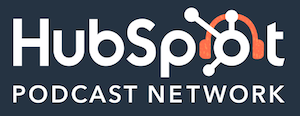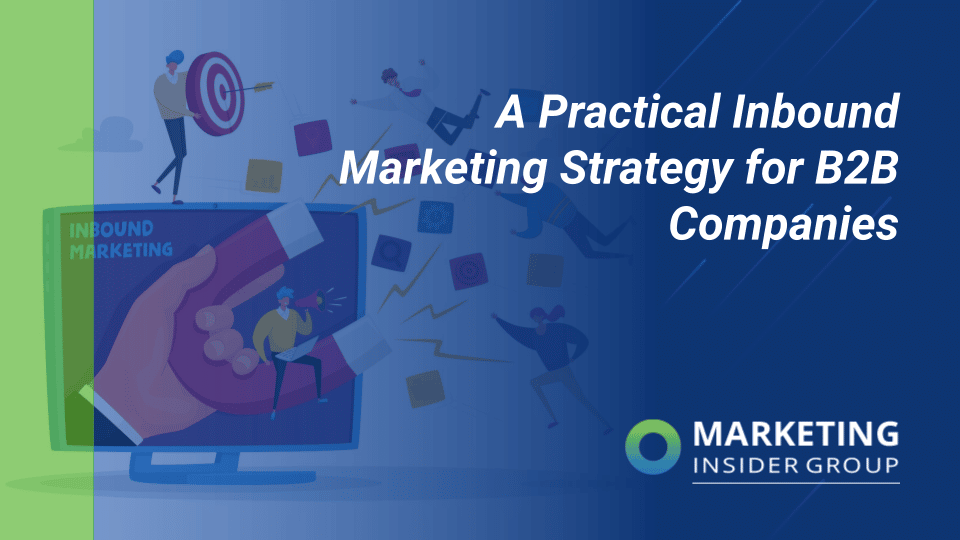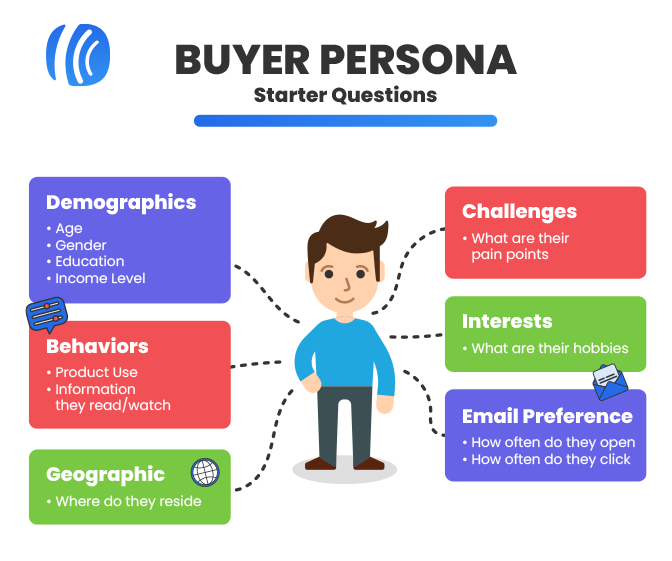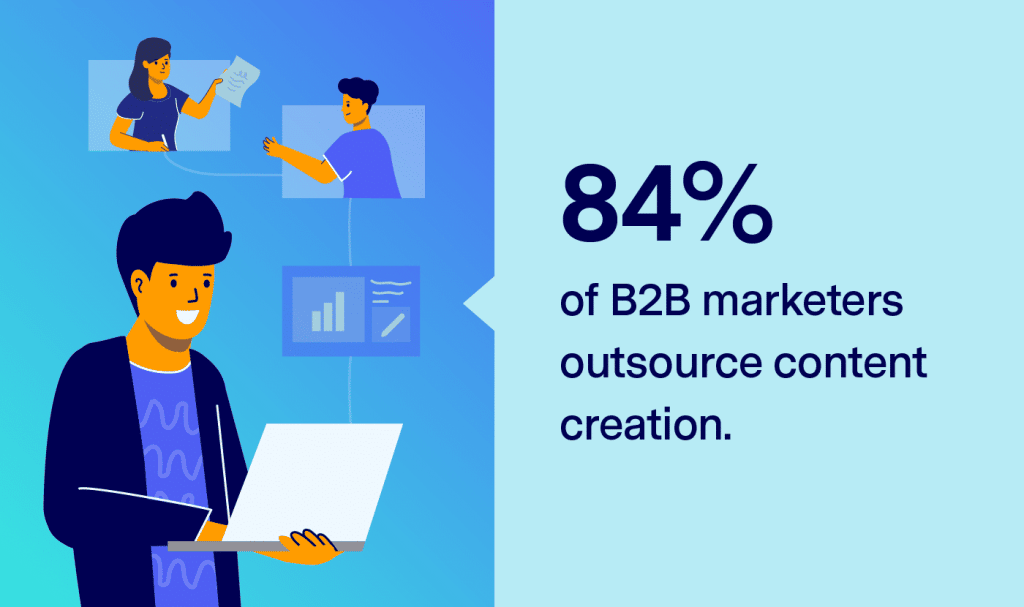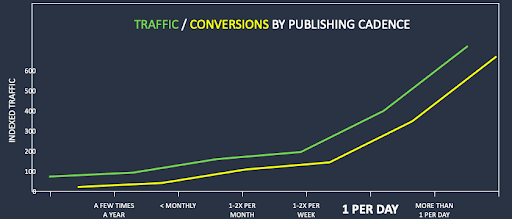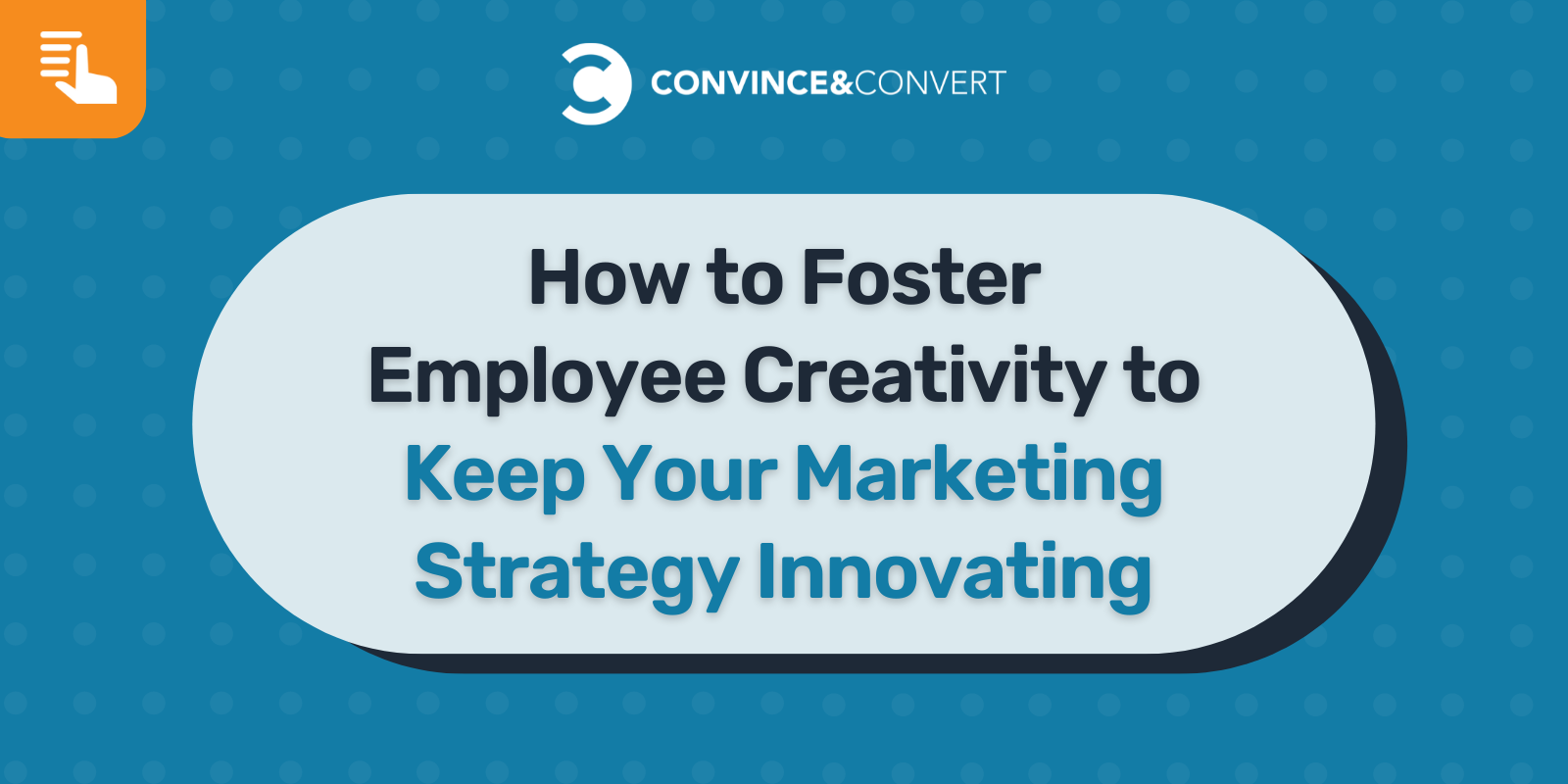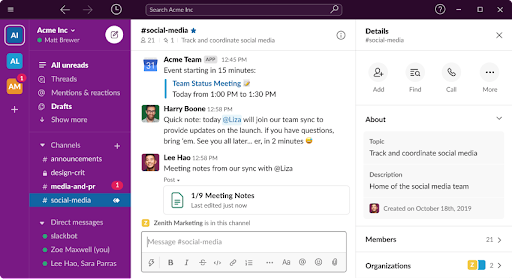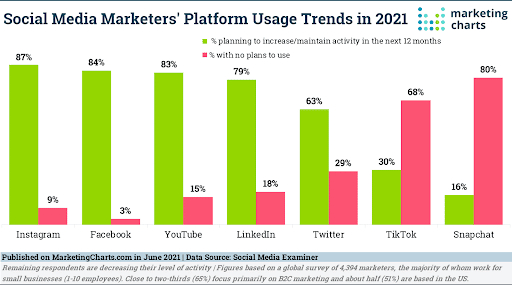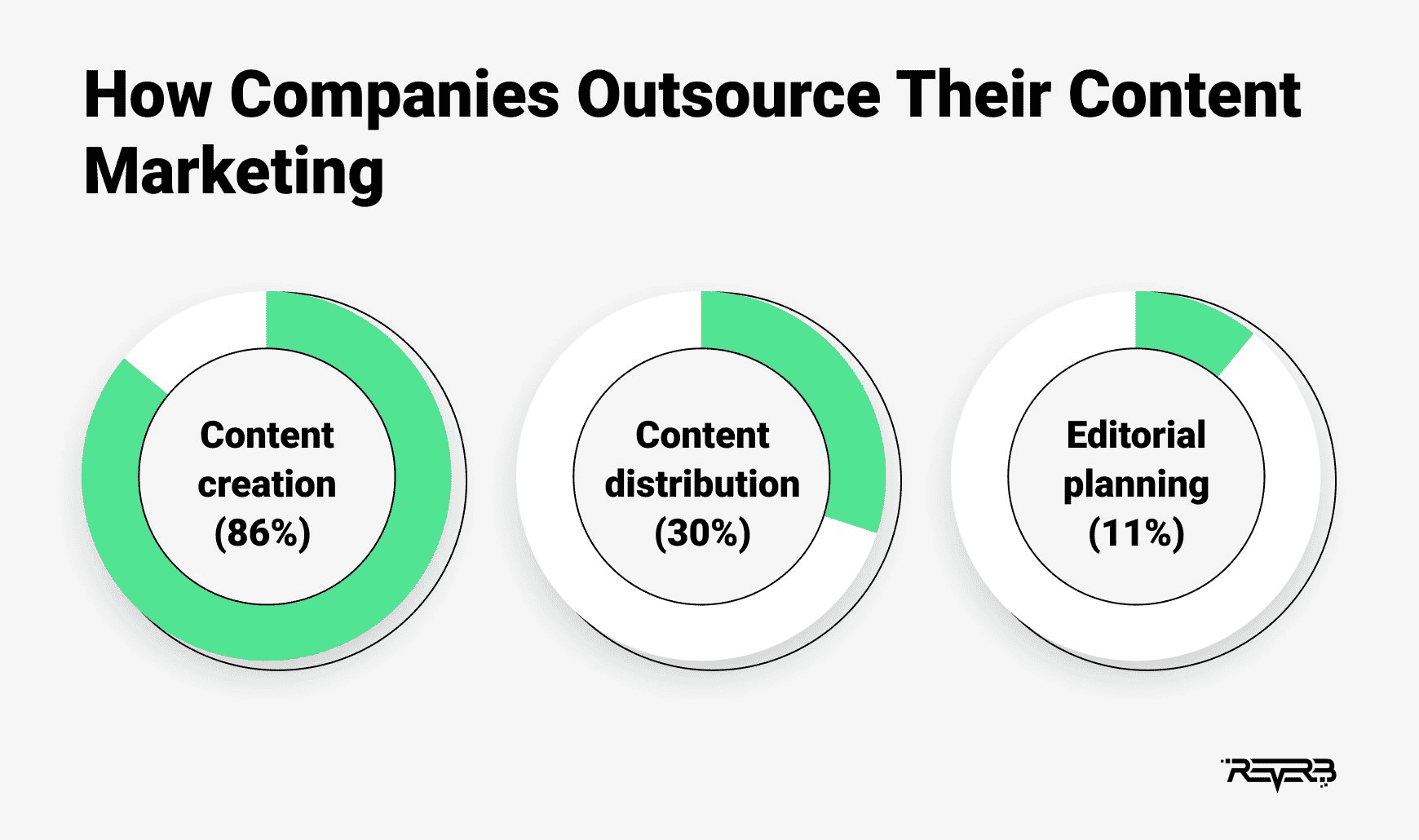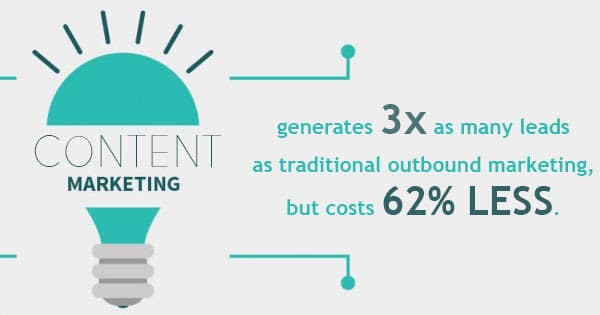
When you start a business, there’s a lot on your mind: how to fund all the equipment you’ll need, how to keep track of revenue and expenses, how to produce your goods and services economically enough to make a profit, and how to get the word out about what you offer. A content marketing strategy? Give me a break, you say.
Well, you could spend hundreds of thousands of dollars on some fancy ad agency to run ads no one will see since you can’t afford prime-time slots… You’re a startup.
Unless you’re independently wealthy, you’re going to need some way to market your business. The best way to do that – and statistics back it up – is content marketing.
Over 82% of companies today utilize content marketing, and for good reason. 86% of people searching on Google ignore paid ads. 70% of links clicked are organic. Content is where the people are!
That’s the power of a robust content marketing strategy. Here’s how you can put it to use for your new company.
Quick Takeaways:
- Content marketing is the most cost-effective way to get the word out about your startup.
- Build your new content marketing strategy one month at a time so you’re not overwhelmed.
- Keep the focus on your customers and their needs, not your company.
- Review your content strategy regularly to make sure you’re reaching the right audience with the right message.
January: Customer Focus Is the Secret of a Powerful Content Marketing Strategy
Content marketing doesn’t take a king’s ransom to work its magic. It only takes a little time, commitment, some imagination, and the secret sauce: customer-centric content that solves frustrating problems your target customers face. The whole point of content marketing is to position yourself as a trusted authority in your field by helping people conquer their challenges, whether in business or life.
To effectively write customer focused content, start with doing a little research on your target customers. Who is most likely to buy your products and services? What keeps them up at night? Do you have the expertise to slay any of those 3 a.m. worry monsters? My favorite question: what is their biggest challenge?
Establishing a buyer persona is important to do early on in your content creation journey. This information helps dictate your every move. Once you know who your target audience is, you can develop your brand voice based on what will reach them best.
Jot all of this down as it comes to you. This should spur the content idea that will soon turn into a full-blown content plan.
February: Choose Your Content Production Tools and Start Posting
The great part about content marketing is that it is incredibly economical. Although you can engage the services of a content marketing agency like ours for the content, there are a wealth of free or budget-friendly content marketing tools to help make that content work for you.
Here are a few we’ve found handy, especially for startups on a budget:
- Google Docs: You don’t need to spend money on a word processor when you can get Google Docs simply by having a Gmail account. It shares many of the same features as paid word processors, and it has one advantage none of those have: you can collaborate in real time with members of your team whose input you want.
- Google Keyword Planner: This free tool allows you to find the right words to focus your content around. Simply plug in your products and services, and the tool will spit back a long list of related words, along with the number of searches for those words.
- WordPress: To start with, you can begin your blog with one of WordPress’s free website domains. As you gain traction and customers, you can migrate your content to their hosted paid version with a custom URL with your own brand stamped on it.
- Google Analytics: Learn all about your blog or website’s audiences and the actions they take while they’re on your site. The more you know about your audience, the better you can tailor content to them.
- Your smartphone and/or camera: Although it’s not exactly free, you probably already have one. Use it to create how-to videos and photos that showcase your products or services.
- MailChimp: Use this helpful tool to send targeted emails and newsletters to various customer segments, as well as serious prospects. Keep informed about new posts, as well as exclusive offers, such as e-books or white papers, that you offer only to subscribers.
- DivvyHQ: Divvy is a content planning and workflow collaboration platform we use with our clients to manage our annual content plans, collaborate across our team, and get content published and shared to the right social platforms.
- Social media sites: Create a profile and use them to promote your blog posts, podcasts, or videos. Make sure you use your chosen keywords to get more eyes on your posts.
- Grammarly: Never worry again about your fourth-grade English teacher reading your posts. Even the free version of this grammar and spelling checker finds most of your errors.
March: Dive Into Research and Create a Content Calendar
Now that you’ve published a few articles, videos, or photos, create a content calendar that can help you plan the rest of the year’s content. You have your personas identified and your platforms in order. Now is the time to start doing some more research.
Keyword and topic research can sound scary, but it doesn’t have to be. You’re a start-up, so chance are you don’t have the money to throw at expensive research tools that you don’t really know how to use, and luckily, that really isn’t necessary!
Google holds all of the answers you need. Start by looking at your competitors, what are they writing about? Begin making a list of topics you see people talking about in your industry most often. And then, put your own twist on things. How does your product or service apply in these instances? How can it help?
Don’t feel like you need to do this all in one sitting either. Come up with 10-15 topics and spread them out however works best for you. Then revisit your research in a few weeks when your list begins to dwindle. There will be plenty more inspiration by that time.
Once you have some ideas, plan to post them when they make sense seasonally. For instance, if you sell fitness equipment, you might want to plan to post an article or video that tells potential customers how to get their body in shape for the coming summer later this month or early April. Save your exercise-bike-as-holiday-gift post for say, late October or November.
Don’t forget to use your content calendar to repurpose older content for a growing new audience. If you posted an article about getting ready for tax season back in January, repurpose some of it for an early summer refresher video about tax breaks.
April: Give Them an “Easter Egg” They Can Use All Year Long
It’s springtime, and kids all over are looking forward to the annual neighborhood Easter egg hunt. No need to limit the goodies to kids. Give your email subscribers and loyal customers a resource they can use the entire year.
Whether it’s an e-book that provides details about key industry suppliers for your B2B customers or a guide on how to write a memoir for your book self-publishing business, giving away a resource they can use during the coming months will help build goodwill among your target customers.
Plus, once you create this resource, you can use it as a form of gated content on your website. Gated content is the good stuff that is only accessible by completing some kind of form. Create a landing page for your ebook so visitors have to sign up for your newsletter to gain access.
May: Publish a Case Study or Two
What your products and services have done for other customers can help drive purchases by others in a similar situation. In fact, 92% of consumer trust reviews over traditional advertisements.
Case studies are short, to-the-point stories that tell how your products or services have helped your customers solve some of their most challenging problems. Publishing them, along with a link to the customer’s website in case a potential customer wants to confirm your claims, is a great way to get potential customers to consider purchasing your product or service.
June: Take a Good, Hard Look at Your Analytics
Mid-year is a great time to assess what you’ve done so far. Look at your social media analytic tools and see how blog posts have performed with Google Analytics. Those with the most clicks to your website, the most conversions, and the most sales generated deserve an encore.
Measuring your digital marketing results throughout the year is good practice. Promote your best performers and tweak those that lag behind.
Create content similar to your best performers or repurpose them in a new context to gain a new audience.
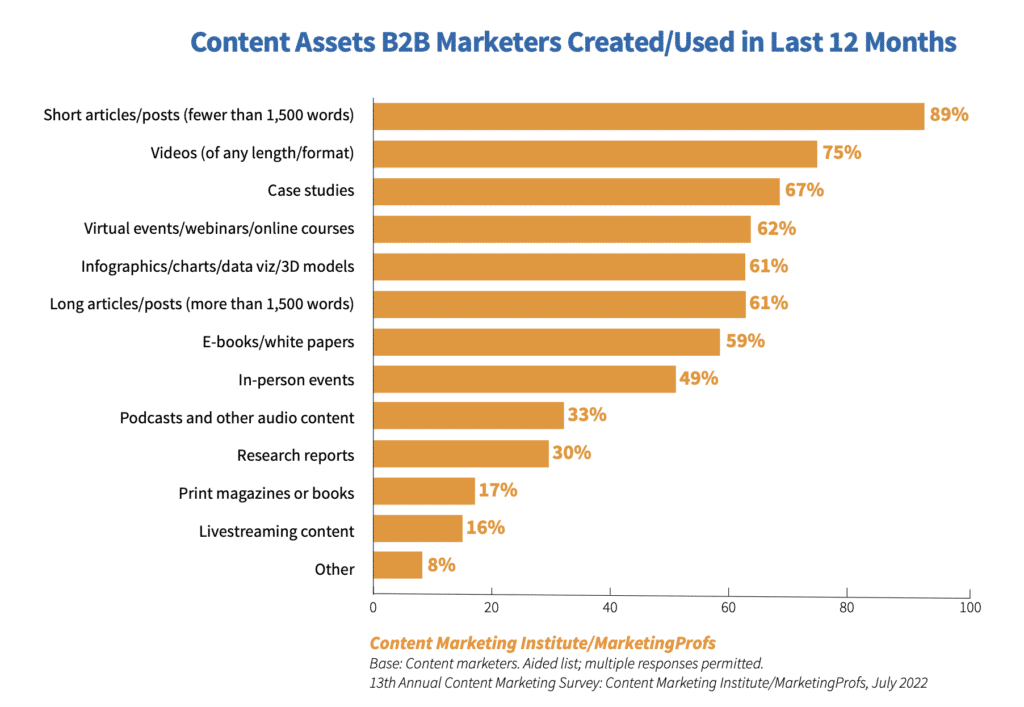
Diversification is key in an online environment where marketers are using dozens of different forms of content to get their message out. For example, if your best performer was a video on how to change the oil in a car, create a step-by-step set of instructions on the same topic to post on your blog. Link back to the video for even more traction.
July: Adjust Your Strategy As Needed
While your head is already in the numbers, look to see whether there are any new potential customer segments that look promising – and to revisit your current ones for new insights.
Look at their demographics and where they hang out on social media. If they’re mostly on Pinterest but your main focus has been Facebook, you need to pour more effort into optimizing your Pinterest posts.
If you see keen interest in your content from a distinctly new group, find ways to target content to them. For instance, let’s say you have an automotive repair business. You’ve been targeting mostly younger males that read magazines like Car and Driver and Motor Trend.
However, the numbers show that some of your videos on DIY how-tos you’ve posted on Pinterest and YouTube have gained a wide female audience. Grab onto that new segment with new material aimed solely at them. Perhaps a YouTube live event, such as a “DIY Car Repair 101 for Women,” or a new Pinterest board with a similar title will help you gain more traction with this group.
August: Back-to-School Time!
I can hear the groans now. No, we’re not asking for you to enroll in an MBA course or anything remotely like that. However, taking advantage of seasonal changes to find new content angles is always a good bet.
Can you think of a way to tie what your business does to tie it back to whatever the season holds? Let’s look again at our fictional car repair company for an example of how you can adapt this tip for your use.
Could the owner, do you think, find ways to post content that appeals to students and their parents? Perhaps a “Car Repair 101 for Students” – or “Students: Learn How Not to Get Ripped Off by Shady Auto Repair Companies.” To sweeten the deal, you could offer an e-book or even a 20% coupon on an oil change or tune-up before students set off for school.
Utilize this approach year round for the best results. These on-theme topics help show your audience that you’re active online and paying attention to their everyday lives.
September: Create Long-Form Content
We tricked you! Now that the kids are back in school, it’s time for you, too, to put your nose to the content grindstone and create a longer piece of content like this 4500-word beast I wrote this year on how content marketing delivers ROI .
You could also turn that long form content into a white paper, a webinar, or a longer, more detailed video.
But don’t despair. Unlike when you were in school yourself, if you don’t have time to work on such a large undertaking, you can always outsource content creation to one of the many companies that specialize in that task.
A good way to tell whether outsourcing will give you more bang for the buck is to calculate how much your business earns you per hour. Now, estimate how many hours you would have to spend to create that content. If it would cost your business more to create that content than to outsource, choose outsourcing.
October: Don’t Be a Scaredy-Cat: Reach Out to Influencers and Start Guest Posting
October might be the season that sends shivers up your spine, but don’t let fear stop you from finding industry movers and shakers that can help give your content a wider audience. Influencers don’t have to be celebrities. They just need to be prominent people that your audience respects.
For instance, let’s say you manufacture equestrian equipment for show riders. You won’t get much mileage out of a Lady Gaga endorsement – even if she’s one of the world’s top celebrities. What will help you stand out among the crowd is the endorsement of a top Olympic rider.
Just don’t be afraid of the “no.” If your products and services are as top-flight as you think, you’ll eventually find an influencer or two who will be happy to point out how your products and services have helped them solve a vexing problem or two.
Reach out to prominent platforms that your audience reads and see if they’ll consider you to be a guest poster. This way you don’t have to trust someone else to tell your story, you’re still in control of what gets said and you get to reach a larger audience.
November: Review Your Reviews – And Be Thankful for Constructive Criticism
You’ve had your content marketing strategy up and running for over ten months now. It’s time to look at all the reviews you’ve received over those ten months.
First of all, be thankful for those reviews that point out areas in which you can improve. After all, it’s almost Thanksgiving!
Unless those negative reviews come from “trolls” whose complaints are only cries for attention, shore up any areas of weakness. Thank those who provide glowing reviews, and let those whose reviews are less stellar know you’re working on improving those areas.
Next, publish content that tells how you’ve improved your products and services. In that content, point out how those improvements have solved problems for your customers.
Finally, make it a point to read and respond to serious reviews during the year so your customers know you’re holding a two-way conversation, not a monologue. Customers want to do business with companies that listen to their concerns.
December: Time to Set Your Content Strategy for Next Year
Review what content performed best and plan to include more similar content during the coming year.
Sketch out content ideas for each month. If you have employees or contract workers, get their input. Often, employees with specific expertise can provide the kind of detail and technical knowledge that convinces customers to trust your company.
Set the key performance indicators that bring in the most business and plan to check them often. These numbers can help you tweak your content to bring an even greater return on your investment during the coming year.
Write your content strategy down and use it to create a content calendar for the next year. Create achievable, measurable goals and make it your New Year’s resolution to keep track of your progress toward them.
With a consistent, targeted content strategy, your startup will soon take its place among the leaders in your niche.
If you are ready to get more traffic to your site with quality content that’s consistently published, consider outsourcing and check out our Content Builder Service. Set up a quick consultation, and I’ll send you a free PDF version of my books. Get started today and generate more traffic and leads for your business.
The post The 12-Month Content Marketing Strategy for Startups appeared first on Marketing Insider Group.



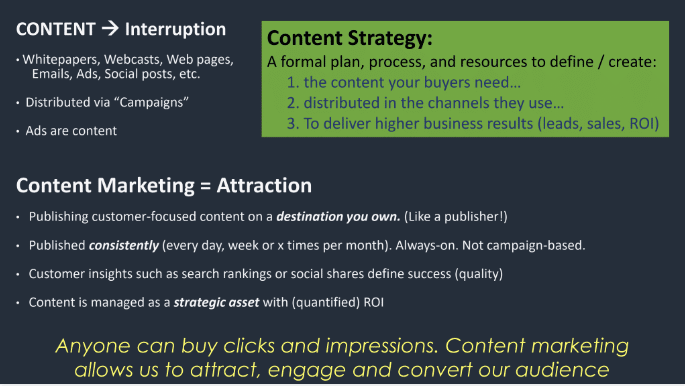
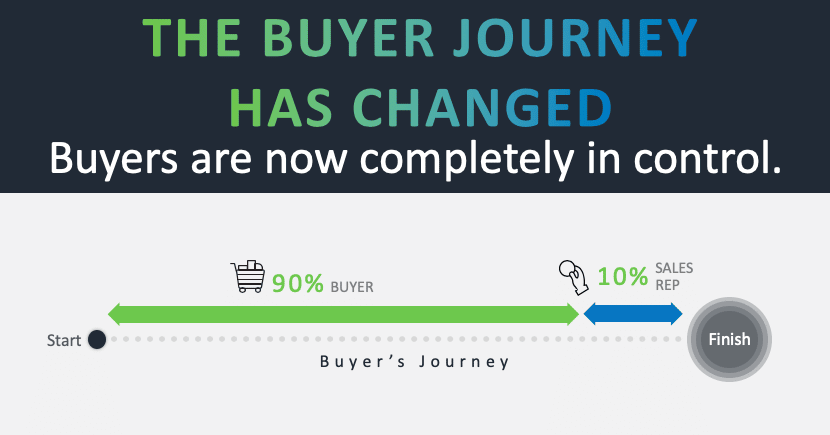
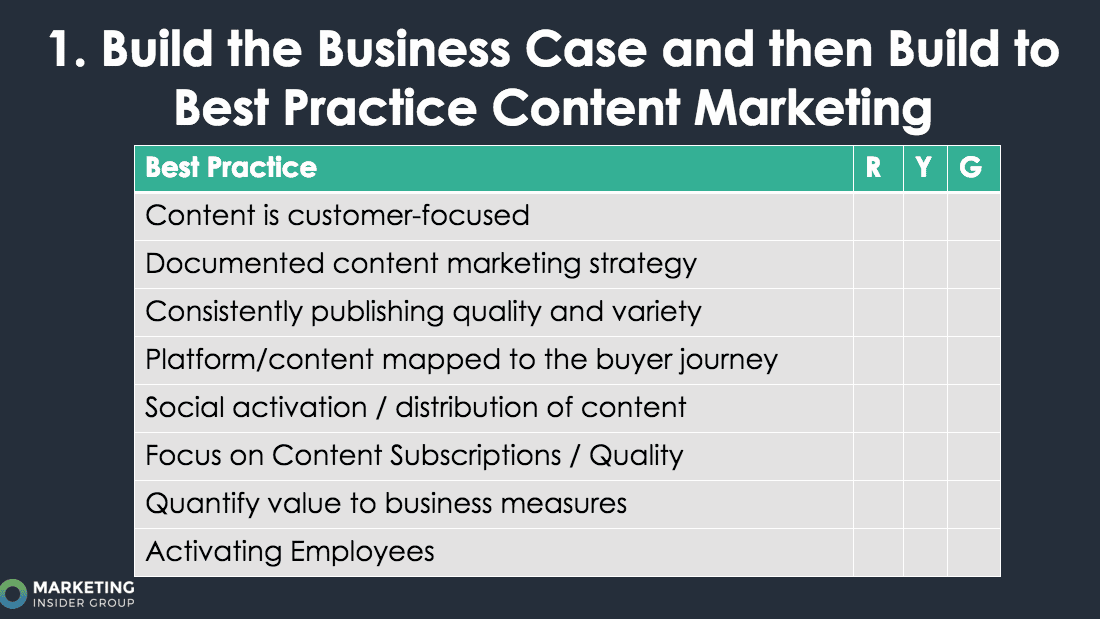

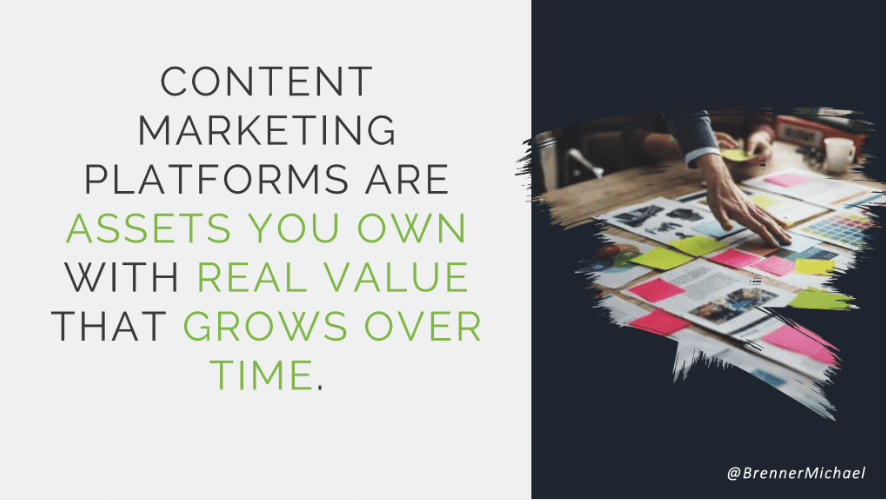
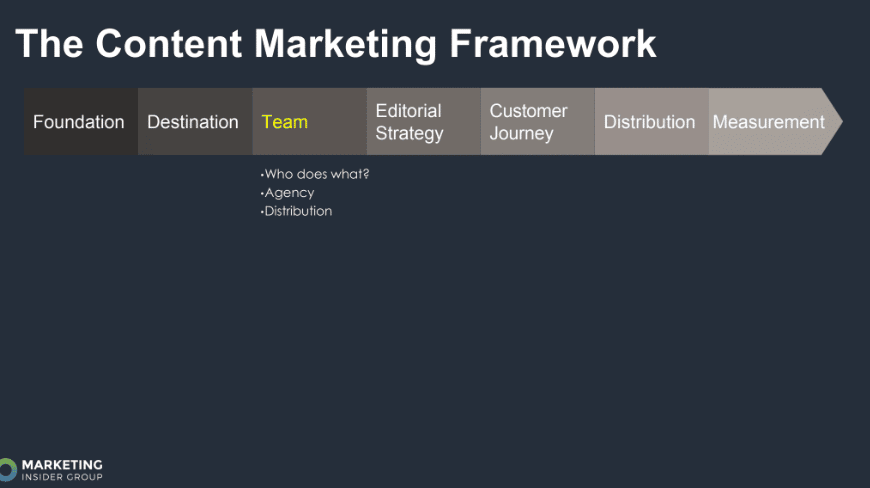




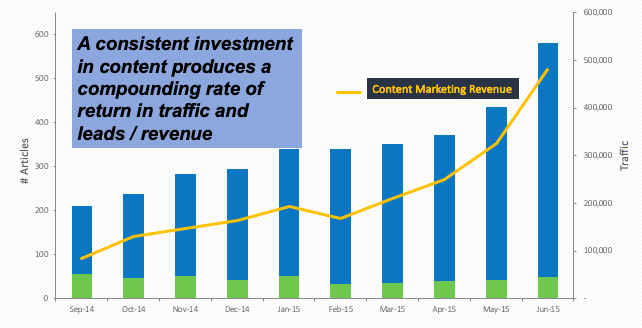

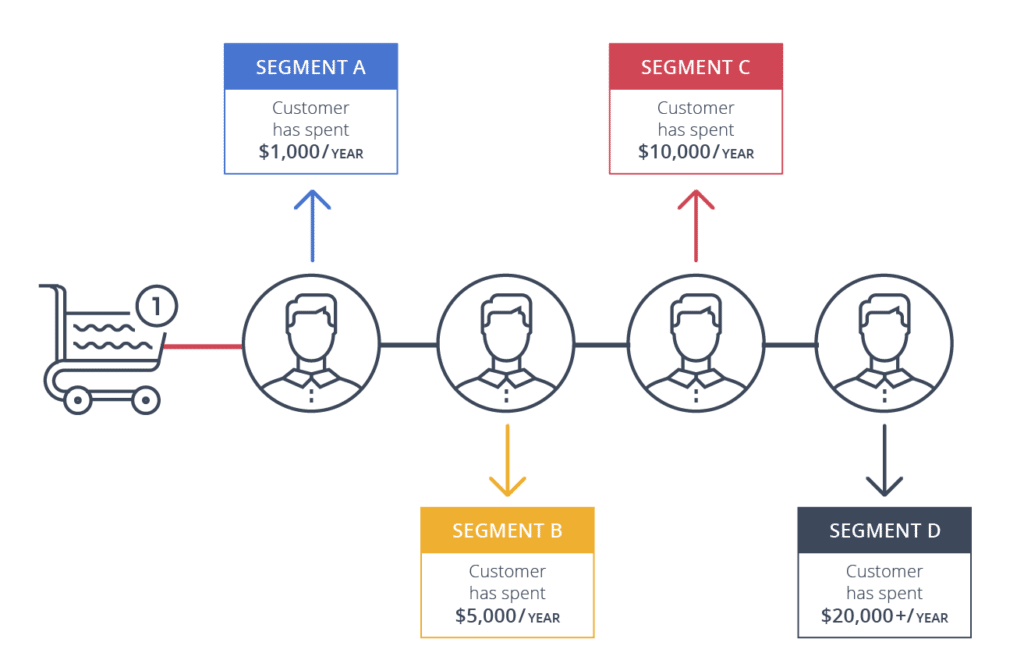


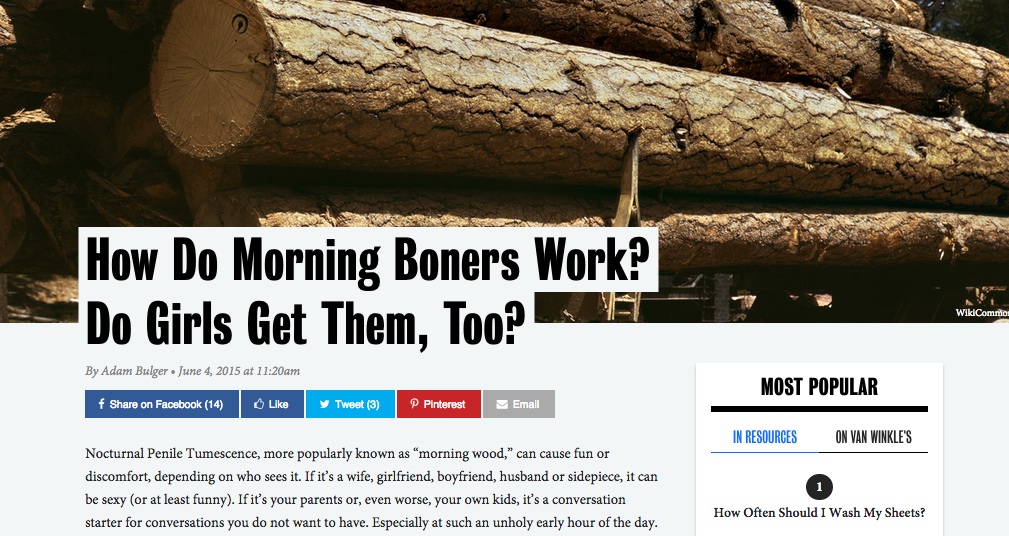





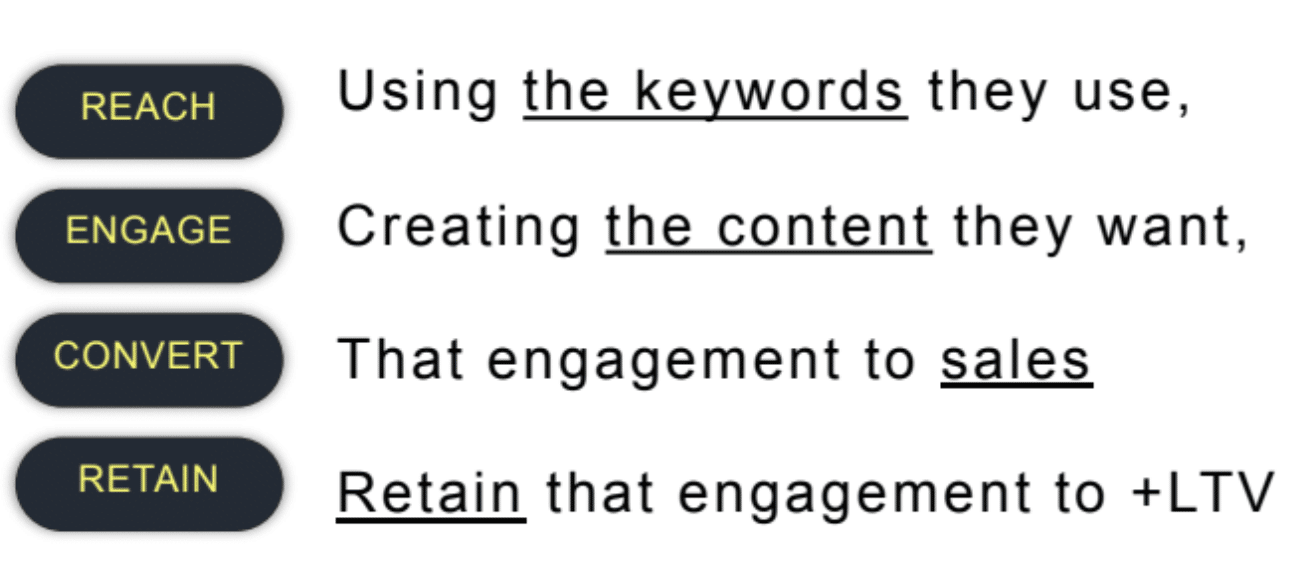
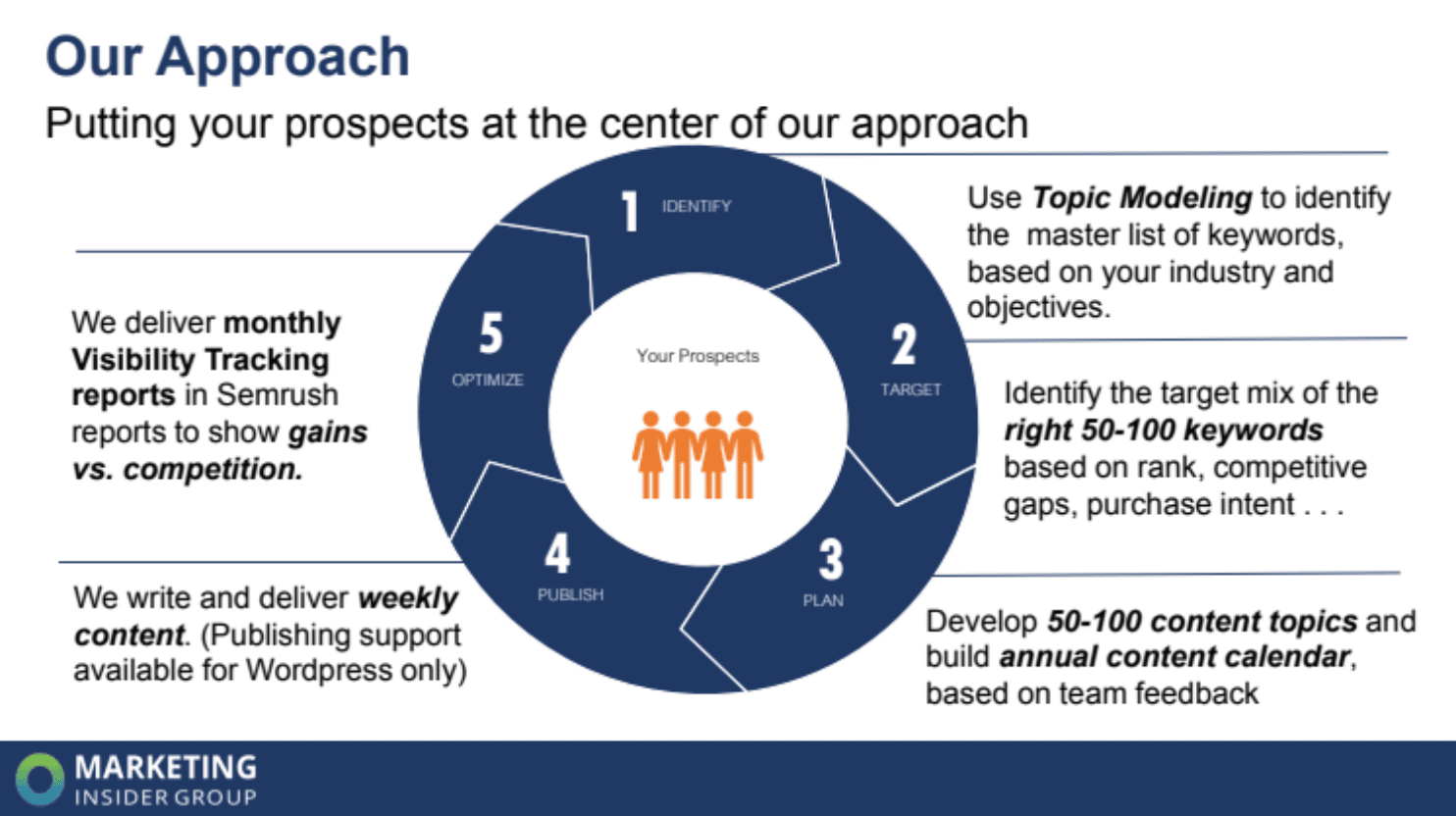
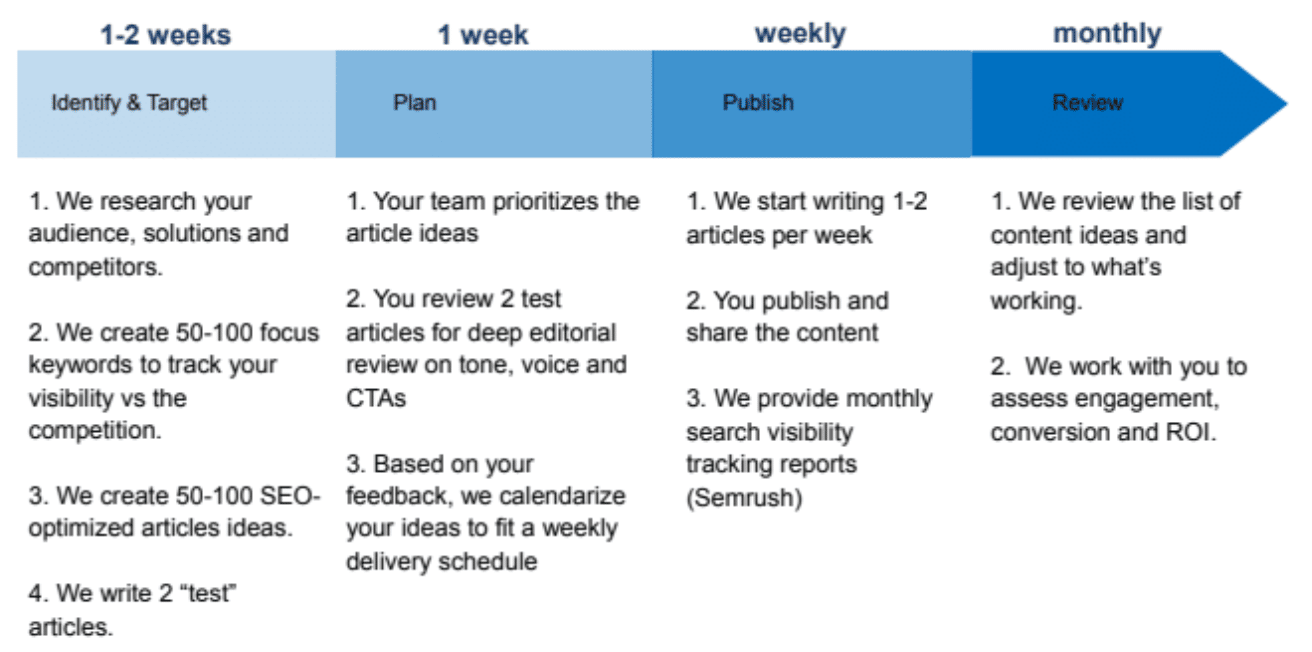
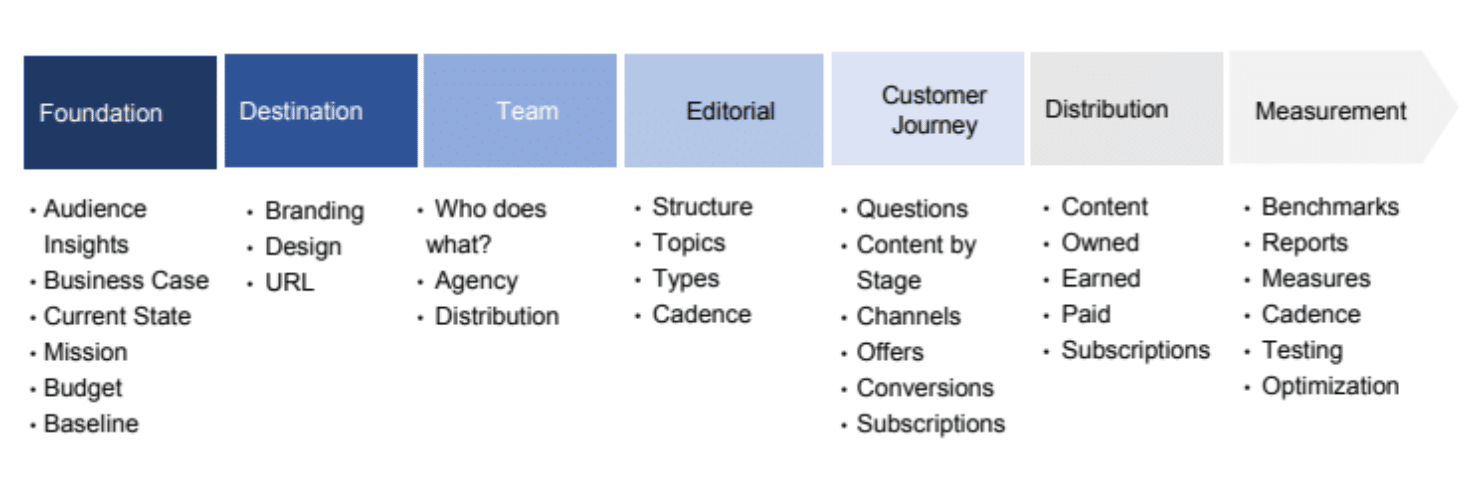
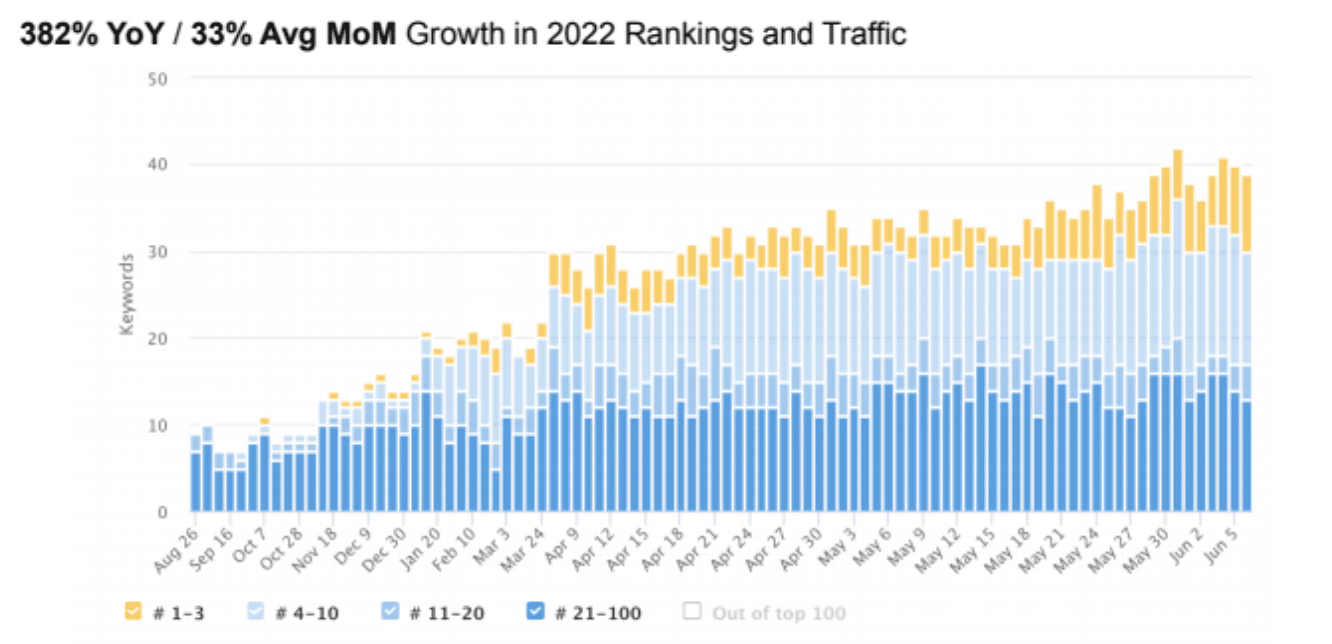
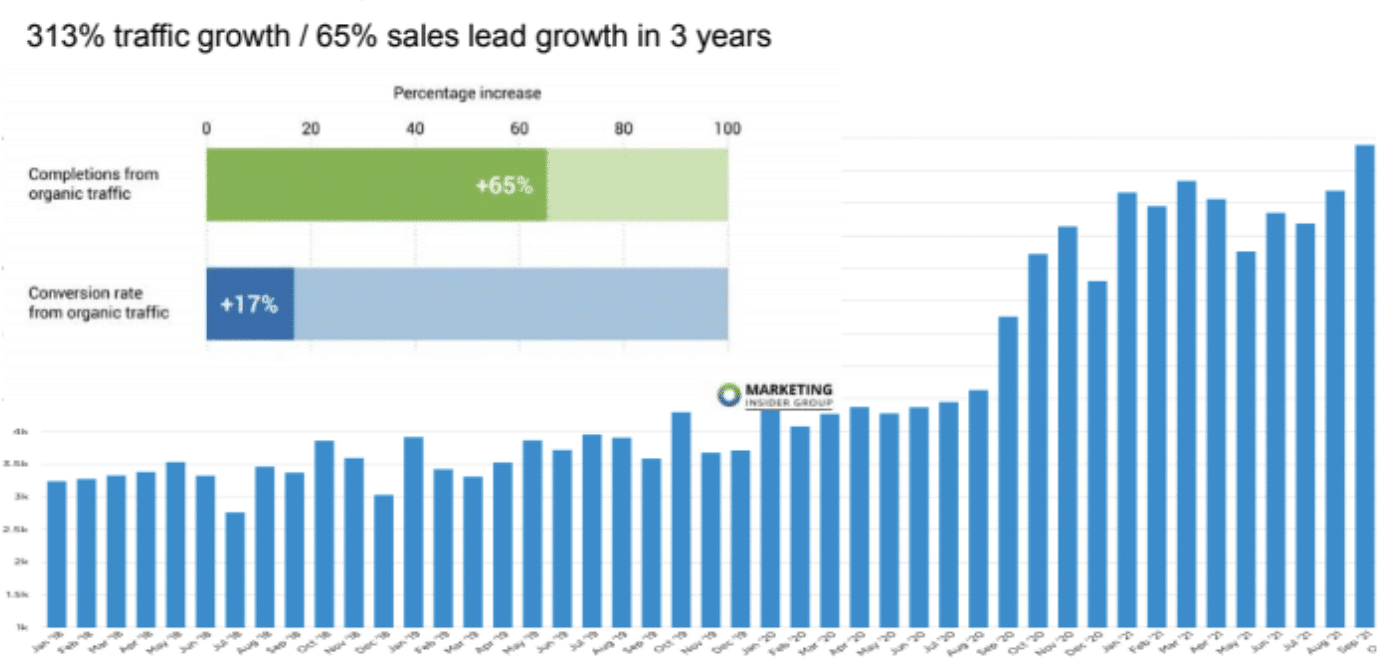


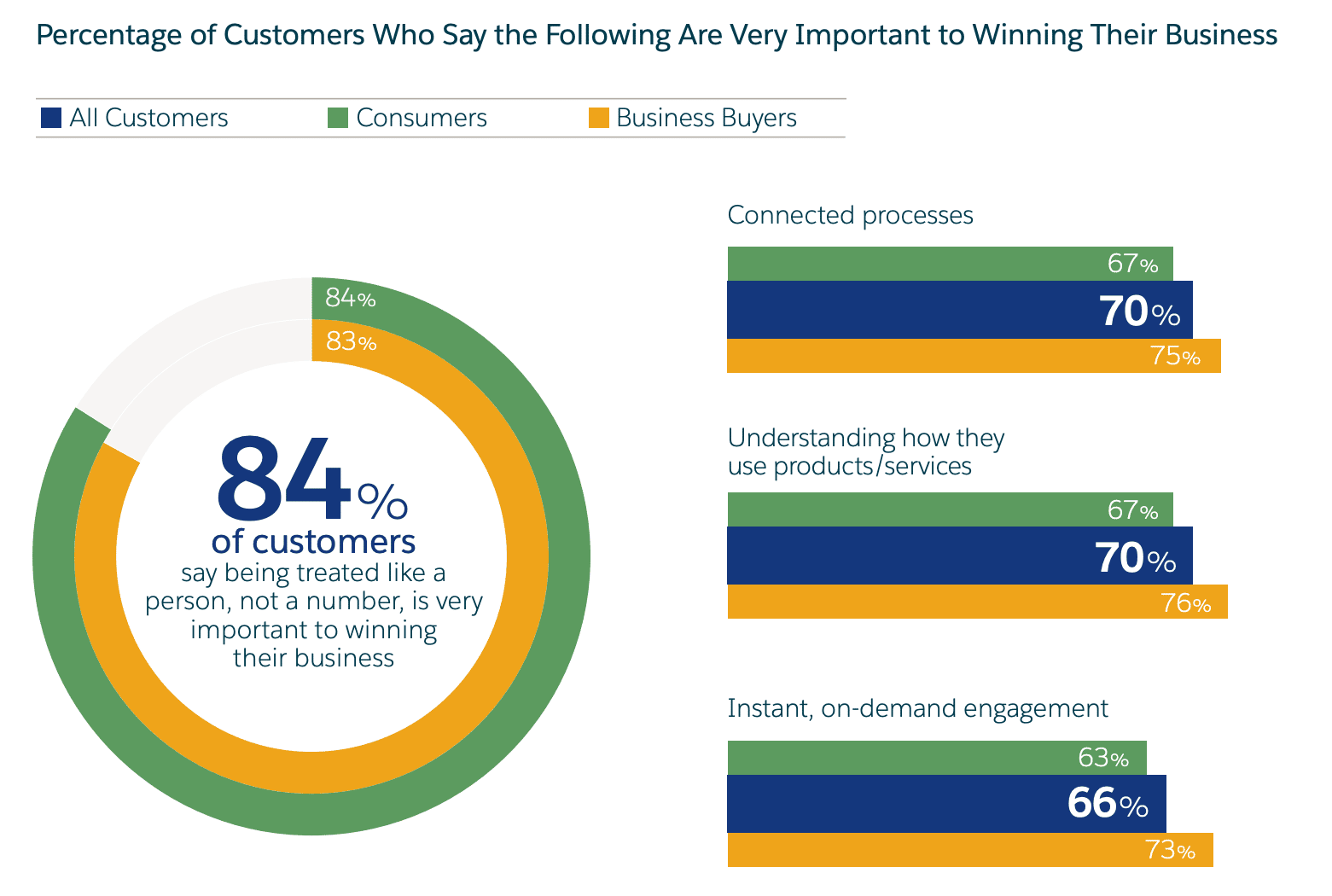
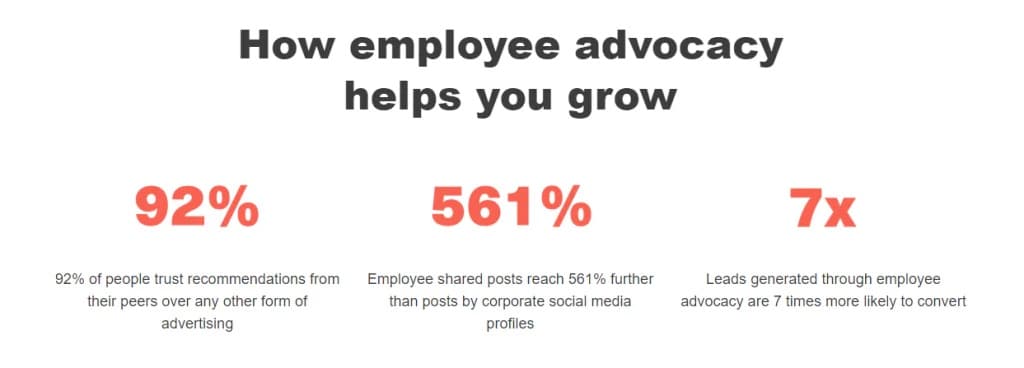
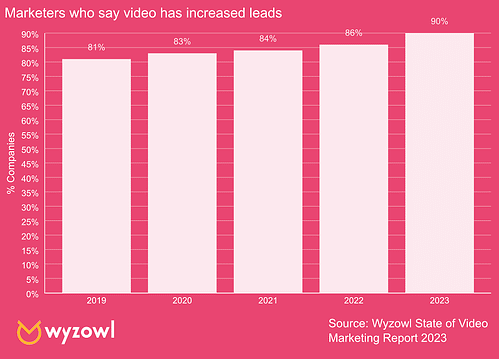
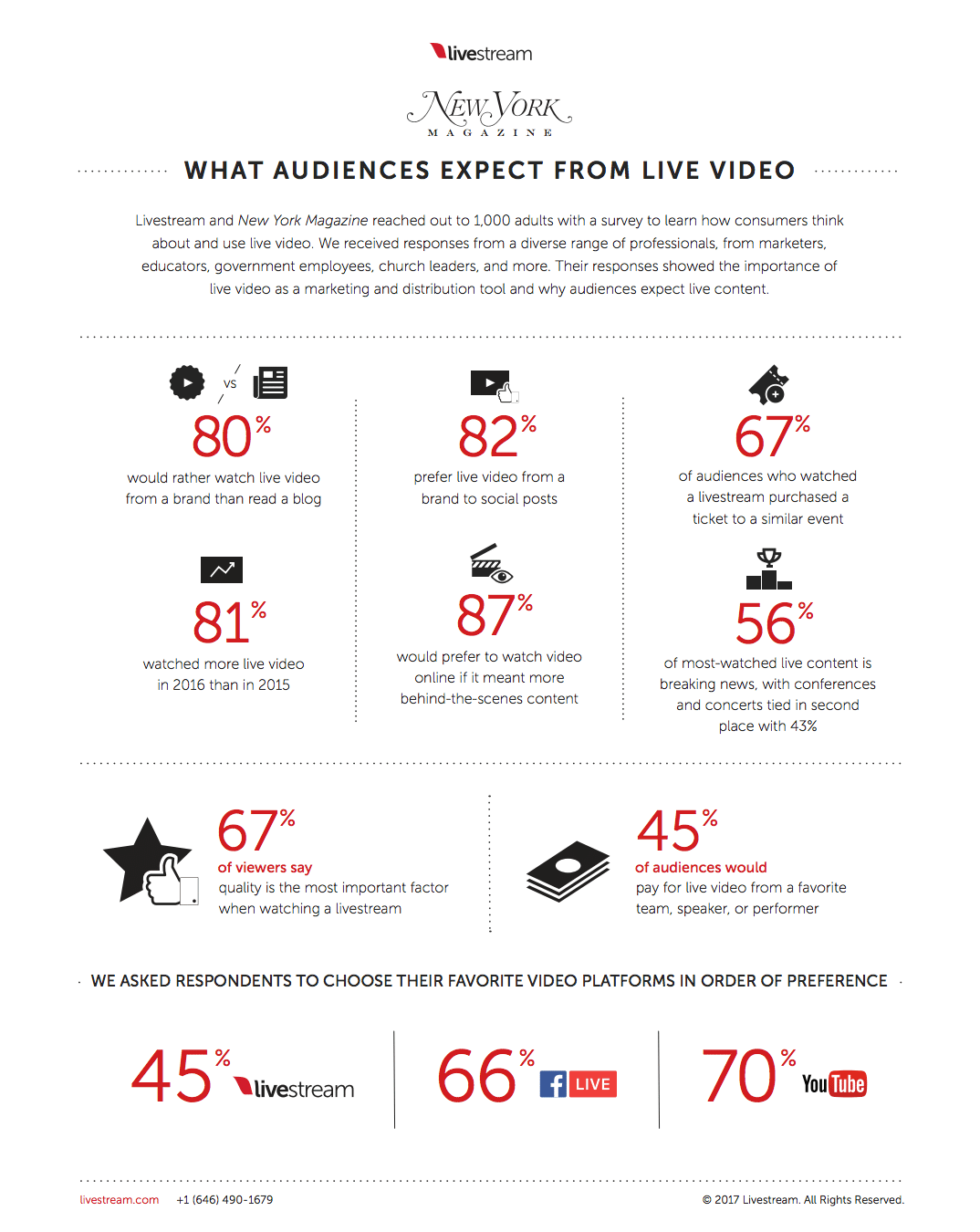
 In this episode of the Duct Tape Marketing Podcast, I interview Mark Schaefer. Mark is a globally-recognized keynote speaker, college educator, marketing consultant, and author of books such as
In this episode of the Duct Tape Marketing Podcast, I interview Mark Schaefer. Mark is a globally-recognized keynote speaker, college educator, marketing consultant, and author of books such as 